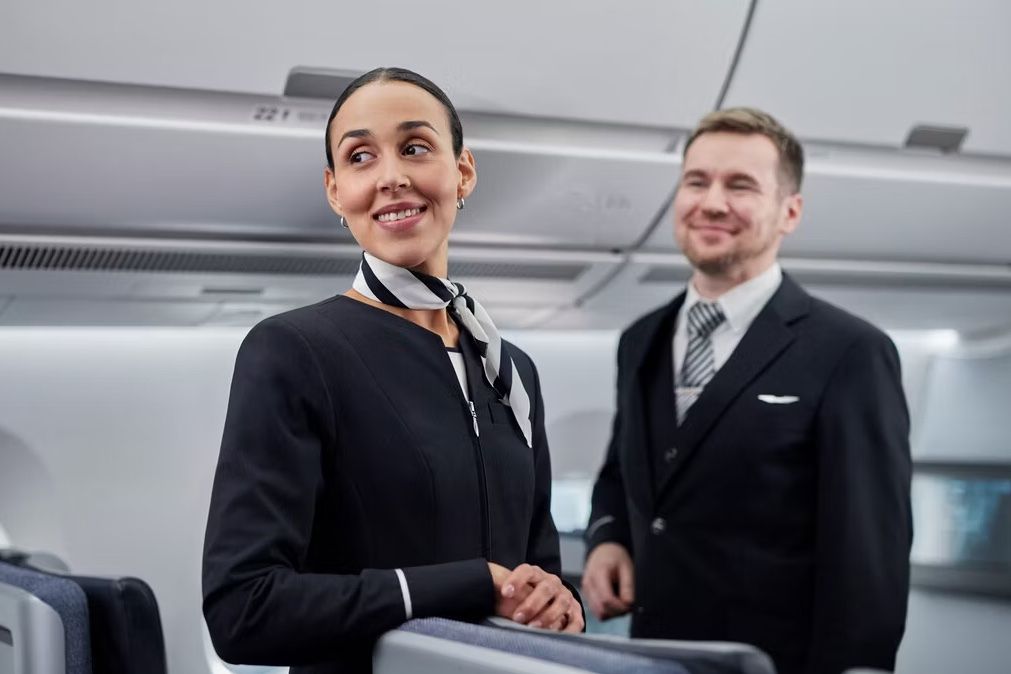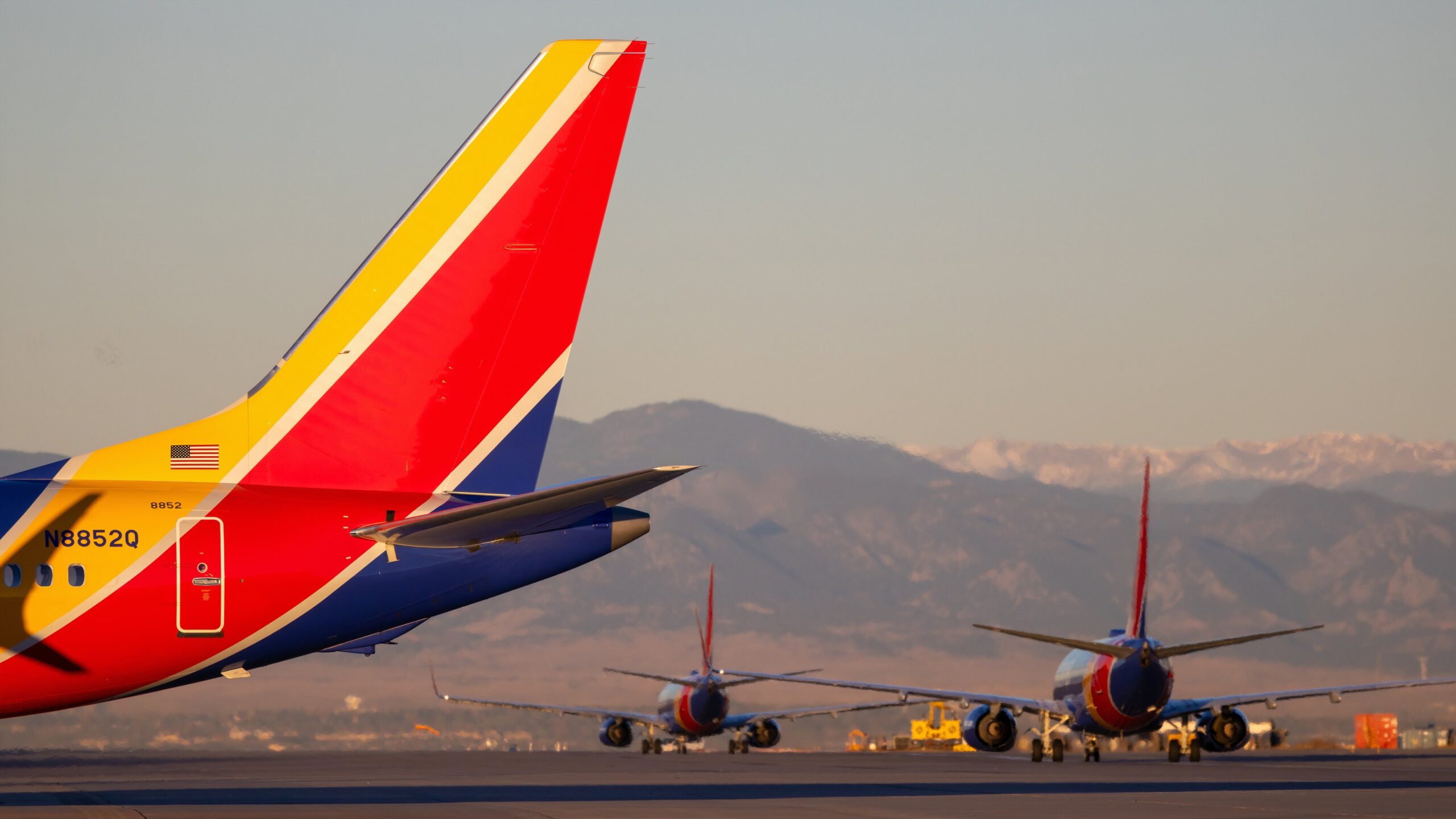Summary
- Southwest Airlines Flight WN225 made an emergency landing due to a hydraulic system issue after a tire burst.
- Passengers experienced panic and fear onboard during the emergency landing, preparing for crash positions.
- Adopting the brace position in a plane crash can significantly increase chances of survival by minimizing impact.
A Southwest Airlines Boeing 737-700 registered N933WN suffered a burst tire while operating flight WN225 from Denver to Phoenix on June 3. The aircraft subsequently suffered, prompting the crew to return to the flight’s origin.
How it all happened.
According to a report from the Aviation Herald, the flight had 137 passengers onboard and was departing from Denver’s runway 25 when the crew decided to abort the climb at 10,000 feet and declared an emergency. The reason for this action was the loss of a hydraulic system, which prompted the need for an immediate return to Denver. Fortunately, the aircraft landed safely back on Denver’s runway 34L approximately 30 minutes after takeoff.
According to WIO News, the airline stated on Friday, June 7:
“Southwest Flight 225 returned safely to Denver on Monday, June 3, after a tire failed during takeoff. Following standard Safety procedures, the Pilots declared an emergency before landing. The flight landed without incident and taxied off the runway. A separate aircraft operated the scheduled flight to Phoenix.”
They further thanked the crew for their professionalism.
What was it like onboard?
Passenger Julianna Donadio, a Boulder resident, said it was a scary scene aboard the flight after they heard a loud and frightening noise as the tire blew during the takeoff. She reportedly told KDVR.
We knew we had blown a tire, but we didn’t know what the landing gear situation was
When the flight attendants said we would have an emergency landing, we started to panic slightly. People were crying and screaming and trying to console one another. When we landed, everyone was cheering and clapping.
They started preparing us for the crash position, so having our heads between our knees, and they were informing the emergency exit line how to open the doors and operate potentially the slides
Why do passengers adopt the brace position?
The most commonly used brace position in an aircraft involves placing your feet flat on the floor, your knees together, and leaning forward as far as possible. You should then cross your hands on the seat before you, place your forehead on your crossed hands, and keep your elbows by your sides. Different aviation jurisdictions may have slightly different instructions for assuming the brace position. For example, in the US, passengers are advised to place their hands on top of the front seat, while in other regions, passengers may be instructed to put their hands parallel to their toes.
The brace position aims to minimize the impact of a crash by bringing your body closer to surrounding objects. By assuming this position, you reduce the risk of injury by preventing excessive movement upon impact. Remember, following these instructions could significantly increase your chances of surviving a plane crash.

Related
Why Do Cabin Crew Sit On Their Hands While In Their Jumpseats?
Do they simply have cold hands, or is it for a different reason?
Readers should remember that all aircraft have redundant hydraulic systems to ensure safety.
Have you heard of this incident? Have you ever been on an emergency landing? Let us know your thoughts in the comment section below this article.

